

|
|
|


|
|
1/12 Scale Nitro Pan Car:
Kyosho Spada 09
|
Released by Kyosho in 2007, the 4WD Spada 09 - # 31321 - has two other bodyshell options: AK-12C - # 31322 and RD-12EX - # 31323.
The model was a 2 belt driven, alloy plate chassis, with rear ball differential, front one-way, dogbone drive-shafts, 2-speed automatic transmission, a full set of 14 ball bearings and a Sirio engine.
Check out our Kyosho Archive for other Vintage Car models.
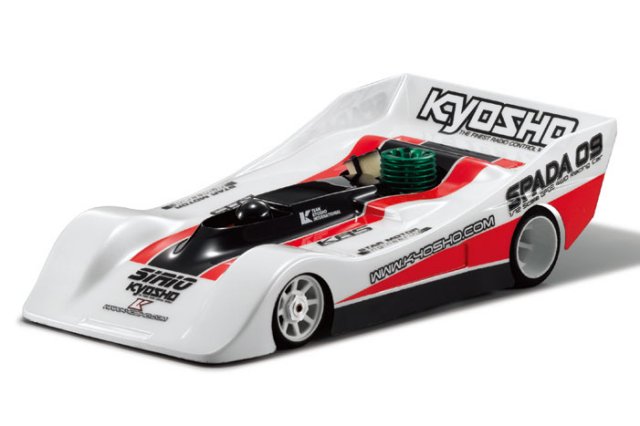
To race the Kyosho Spada 09, it has to have the best settings for your driving style and provide you with excellent handling and stability. The smallest changes can make a huge difference in the way your car performs on the track and our comprehensive instructions will help you to find the best Set-up to get you where you want to be.








|
|
|

★ Kyosho Spada 09 ★
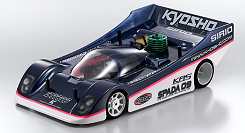
★ Kyosho Spada 09 ★
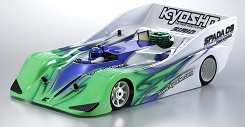
★ Kyosho Spada 09 Chassis ★
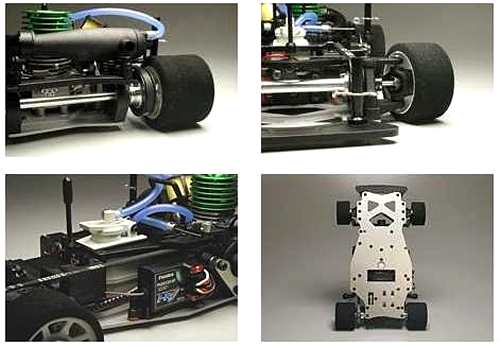
★ Kyosho Spada 09 Chassis ★
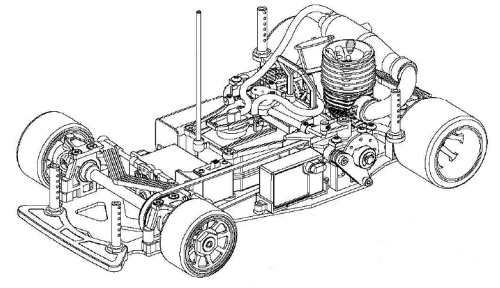
|
Buying a Used Radio Controlled Model
|
|
Manufacturers and Brands Catalogued, Listed and Reviewed by RC-Scrapyard.
At present, the RC Model Manufacturers, Brands and Distributors covered by us are: ABC Hobby, Academy, Acme Racing, Agama Racing, Amewi, Ansmann Racing, ARRMA, Team Associated, Atomic RC, Axial, AYK, Bolink, BSD Racing, Capricorn, Carisma, Carson, Caster Racing, Cen, Corally, Custom Works, Durango, Duratrax, ECX - Electrix, Exceed RC, FG Modellsport, FS-Racing, FTX, Fujimi, Gmade, GS-Racing, Harm, HBX, Helion, Heng Long, Himoto Racing, Hirobo, Hitari, Hobao, Hong-Nor, Hot Bodies, HPI, HSP, Intech, Integy, Jamara, JQ Products, Kawada, Kyosho, Losi, LRP, Maisto, Mardave, Marui, Maverick, MCD Racing, Megatech, Mugen, New Bright, Nichimo, Nikko, Nkok, Ofna, Pro-Pulse, Protech, PTI, RC4WD, Redcat Racing, RJ-Speed, Robitronic, Schumacher, Seben, Serpent, Smartech, Sportwerks, Step-Up, Tamiya, Team-C Racing, Team Magic, Thunder Tiger, Tomy, Top Racing, Traxxas, Trinity, Tyco, Vaterra RC, Venom, VRX Racing, WLToys, X-Factory, Xmods, Xpress, Xray, XTM, Yankee RC, Yokomo, ZD Racing and Zipzaps. |
|
Hints, Tips and Information
Your First Race Meeting
When you finally find a racing club near to where you live, that initial experience of stepping up onto the rostrum and looking down over the track can be very daunting. But soon, as the race starts, adrenaline will kick in and away you go. For the next five minutes, your focus is on nothing but getting your car around each corner, avoiding all the other cars on the track and just getting to the end of the race. |
|
Hints, Tips and Information
Dampers
Dampers, Shock Absorbers, Shocks - call them what you will, they are one of the least understood, but most important tools you have for adjusting the handling characteristics of your RC model.
So how do Dampers work?
Basically what you have is a small amount of silicone oil contained in a sealed cylinder. Through the centre of that cylinder is a metal rod, and on the end of that rod, a piston with a number of small holes in it. Pulling, or pushing the rod in and out of the cylinder, your will notice a certain amount of resistance as the oil is forced through the holes in the piston. |
|
RC Models:
|
Radio & Motors: |
Other
Accessories: |